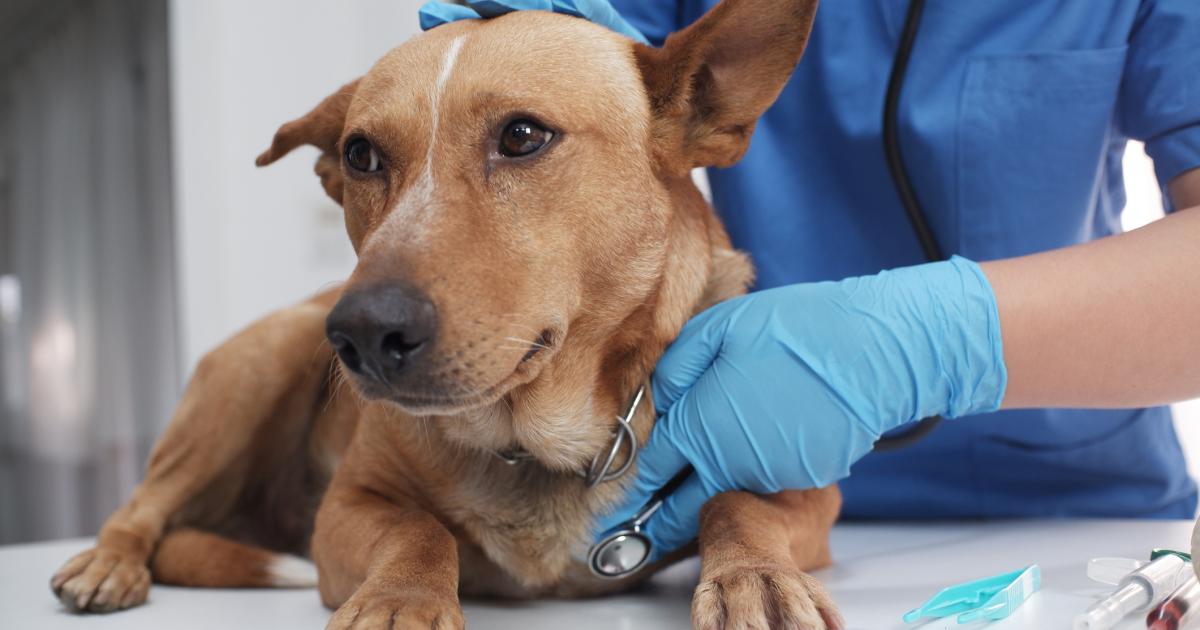As the months get colder and for that matter, wetter, our four-legged furry friends still require getting their daily exercise.
What was once an uncommon disease is now being seen more frequently in dogs being admitted to veterinary clinics nationwide, and owners need to be especially cautious in wet weather.
Little Harley the hoglet we rescued is being treated for lungworm and capilliaria ( nematode).
He is reacting well to treatment and still has a good appetite, but it’s still touch and go until the wildlife centre finish his treatment.
I do hope the little fella can make it. 🦔— Dawn Williams (@estrellia) October 21, 2025
Dr Brian Faulkner (BVM&S, FRCVS), practising vet at Petplan , shares: “Lungworm thrives in damp conditions.
“Slugs and snails, which carry the parasite larvae, are much more active when it’s wet, posing an increased risk to dogs if ingested.
“Be vigilant on walks that your dog does not drink from puddles and consider rinsing their paws when you return home.”
What are the symptoms of lungworm?
Lungworm can be fatal if left untreated. Signs to look out for include:
- Coughing
- Upset stomach
- Tiredness
- Struggles breathing
- Pale gums and bleeding
Dr Brian adds, “It’s good practice to ensure that your dog is receiving regular worming treatments. Other preventative measures include:
Recommended reading:
Vitamin supplement warning issued for Amazon, Holland & Barrett and Superdrug
Morrisons customers stunned as receipt from 2001 goes viral ‘at least £6K today’
UK drivers issued urgent rat warning as vehicle damage spiralling this month
- Discouraging your dog from eating grass, slugs and snails
- Not leaving toys or food bowls outside overnight where they may get contaminated
- And, of course, always consult your vet if you are concerned your dog is showing signs of the disease, as early intervention can make all the difference.”
So, if you decide to go for a walk in the rain or wet weather this autumn, be cautious and keep a lookout.


